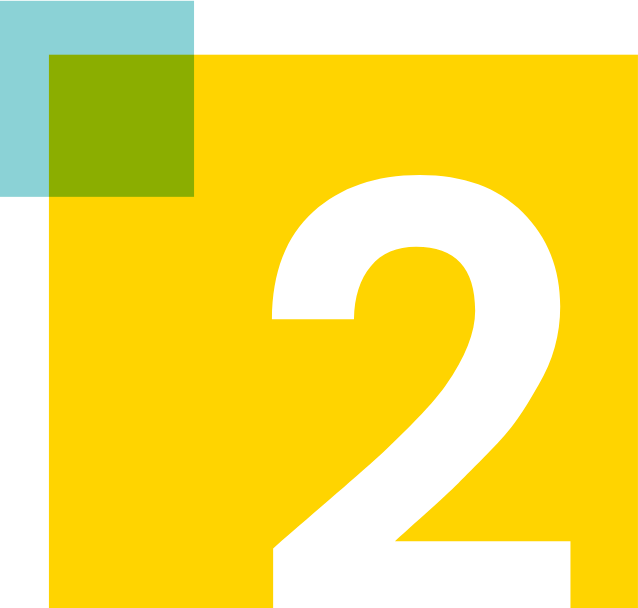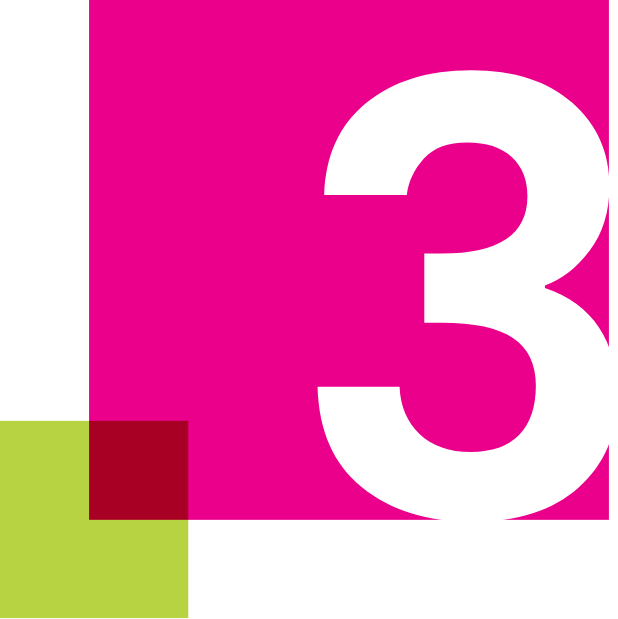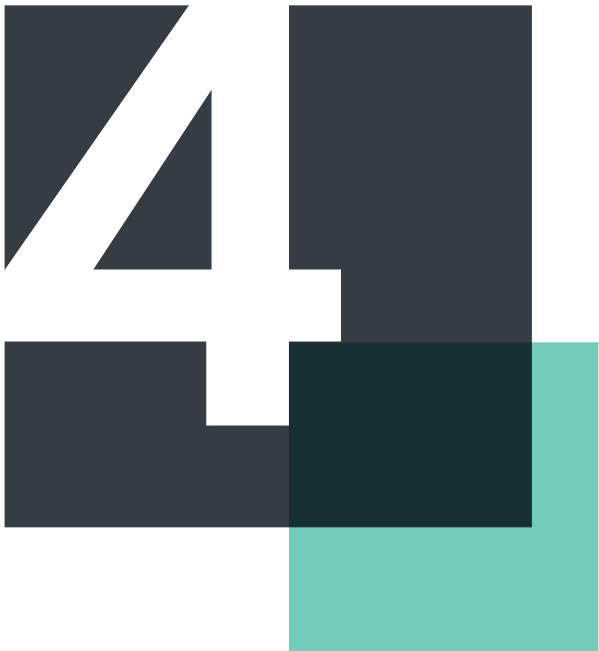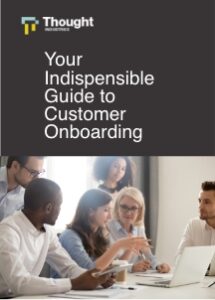Key Steps in an Effective Customer Onboarding Process
Here are the five key steps to successful onboarding.

Step 1: Welcome and Guided Introduction
Effective customer onboarding starts with a detailed welcome email or introductory message that includes:
- A personalized greeting
- How excited you are to work with your new customers
- A clear overview of your product
- A brief guide to getting started
- Your customer success team’s contact information
- A Call to Action (CTA) explaining your customer’s next steps
This client CTA can include various directives depending on the specifics of your solution, such as completing their profile or watching an intro video.
A perfect customer onboarding program also includes key tools like:
- Interactive product tours
- AI chatbots
- Personalized onboarding dashboards

Step 2: Structured Learning Pathways
Structured learning enables achievable, incremental progress that helps your learners better understand your products.
It’s essential to diversify your learning formats to appeal to various learning styles—so include the following:
- Live sessions that allow customers to learn from your customer success managers and ask relevant questions
- Self-paced courses with informational content customers can access on their own time, whenever they’re ready
- Hybrid approaches, such as digital classroom sessions, foster interaction and community while discussing the material customers learned during self-study
Depending on the contents and complexity of your content, you may choose to structure your onboarding in different ways, such as:
- Modules
- Milestones
- Certification programs
These stages not only organize learning but encourage continued engagement and provide a sense of accomplishment as customers complete them. Moreover, combining these progress markers with AI-powered recommendations can adapt your program to learner behavior and better personalize your content to your customer’s needs.

Step 3: Driving First Success and Adoption
Structure your onboarding process to include quick wins for your customers, including:
- Simple tasks to complete
- Setting up an account
- Making their first transaction
Such speedy, simple wins and similar kinds of microlearning motivate your customers. They make using your product easy and help them achieve their first taste of success more quickly.
Gamification is another key strategy for successful onboarding. Studies have repeatedly shown that introducing game elements to non-game contexts helps improve engagement and performance.
To make onboarding as fun as it is useful, include badges to earn and leaderboards to climb. Other forms of progress tracking—like percentage completion bars—likewise encourage continued engagement.
At this point, collect real-time feedback via live discussions, surveys, or other methods to help refine your onboarding process to better match your customers’ understanding and needs.

Step 4: Continuous Learning and Ongoing Support
One of the best customer onboarding metrics for measuring success is customer retention. You want your clients to stay with your company, and since up to 90% of customers renew their SaaS subscriptions, you’ll likely have a solid base of recurring contracts.
To keep your customers happy and engaged, you’ll have to provide continuous learning and ongoing support. Onboarding isn’t a singular event; it’s a learning journey.
This journey can help develop a customer community through user forums and peer discussions supported by onboarding activities.
To keep your customers on the right path, engage them with:
- Email sequences
- In-app nudges
- New knowledge bases
- Community-driven learning opportunities like forums and peer discussions
Consider Seismic University—an online learning platform powered by Thought Industries. Through their platform, they offer their customers various SaaS certifications that enhance their knowledge of Siesmic’s products and SaaS as a whole.
There’s no real end to education at Seismic University—just continuously useful information that engages customers and keeps Seismic at the top of their minds.
Step 5: Measuring Success and Optimizing the Experience
Alongside retention rates, a few other key customer onboarding metrics to keep track of include:
- Course completion rates
- Time to first success
- Engagement levels
With AI-powered insights from Thought Industries, you can quickly view your performance across these and other Key Performance Indicators (KPIs).
Then, you can refine your onboarding process by:
- Gauging your customer’s interest and understanding across various topics
- Seeing what kinds of resources your learners access
- Knowing what material your audience dislikes or struggles with
- Reworking your onboarding process to highlight relevant, interesting material
- Finding new ways to teach difficult or disliked topics


